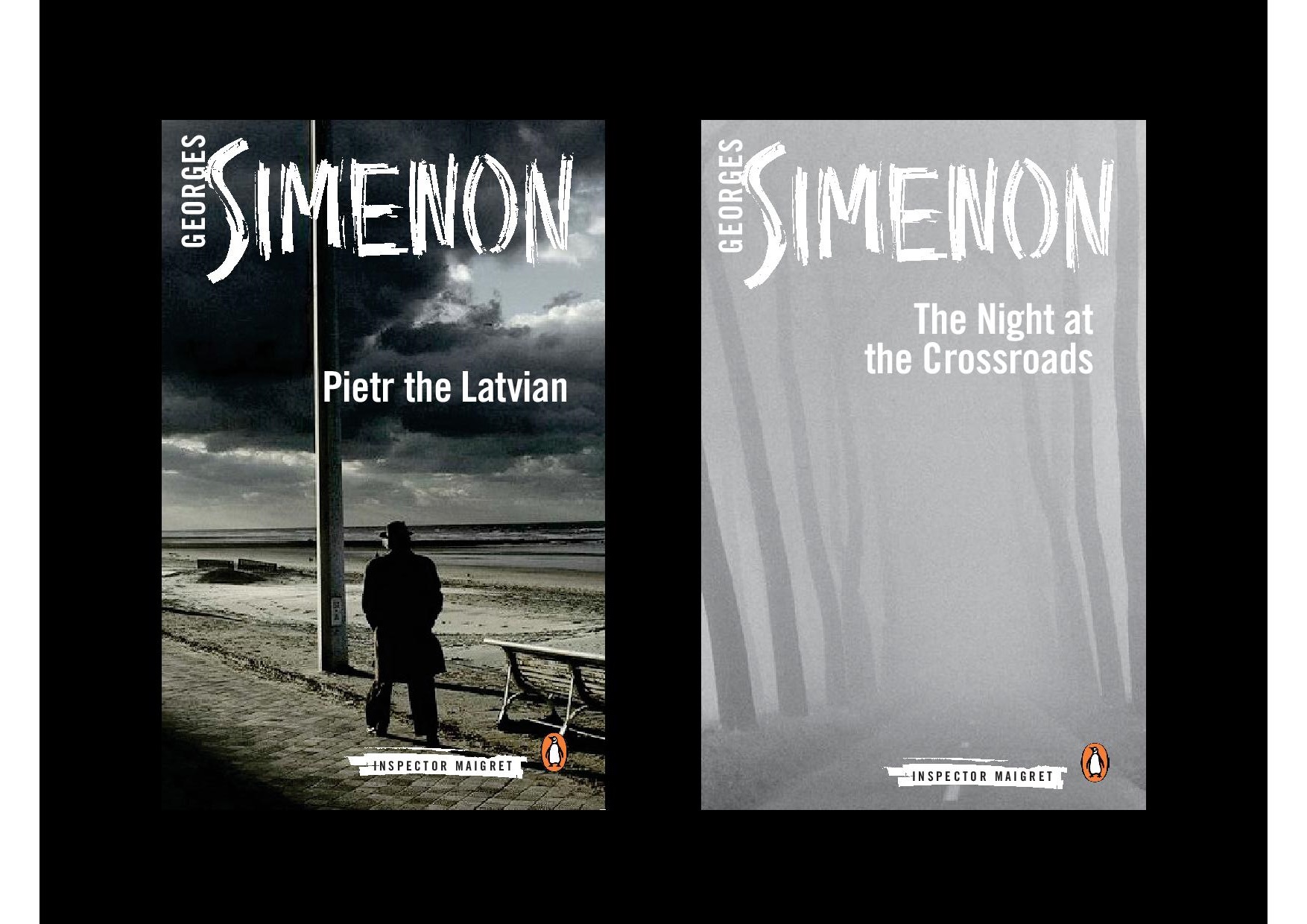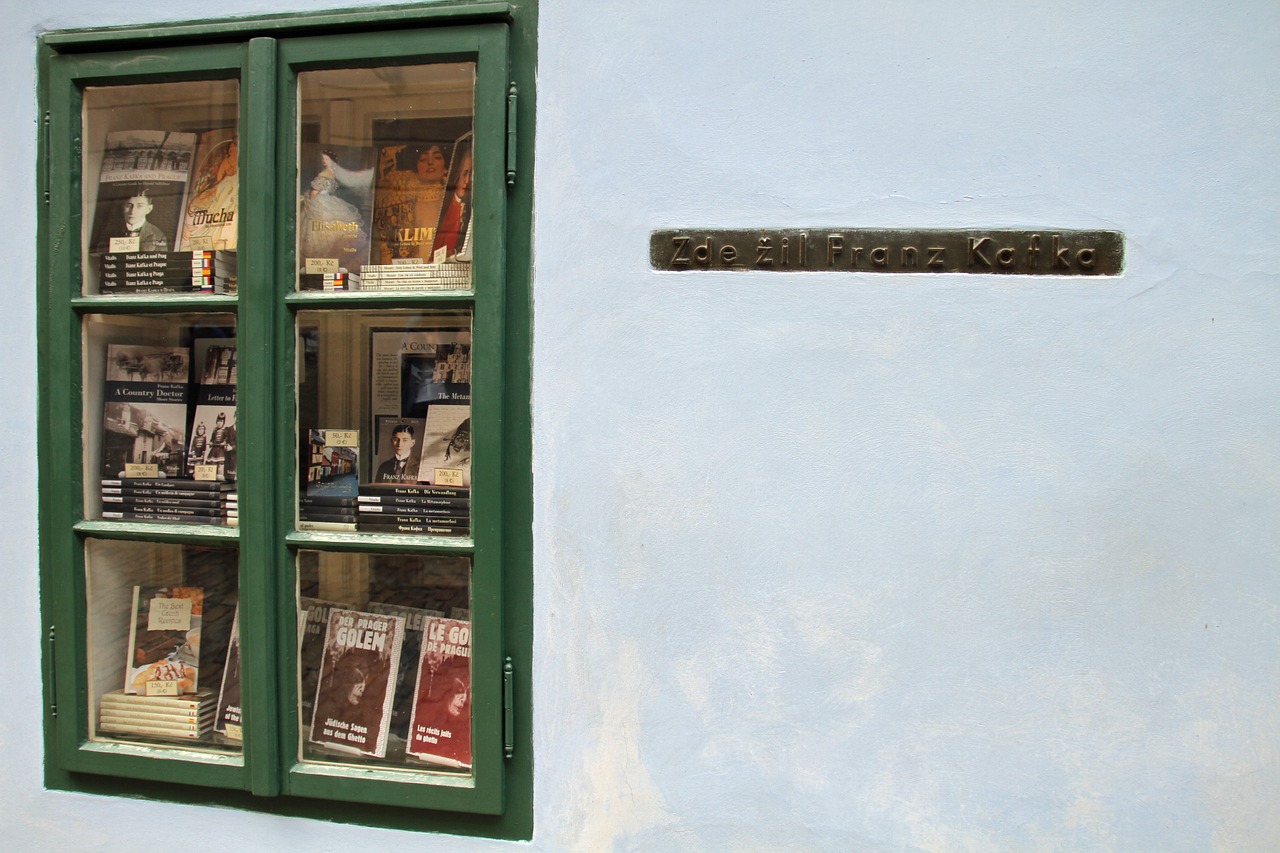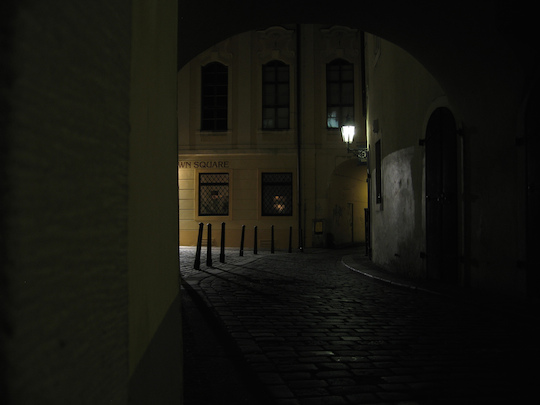In 1915, Franz Kafka pleaded with his publisher Kurt Wolff Verlag not to show the beetle on the cover of Metamorphosis. It had to remain unseen. If the cover displayed one illustration of the beetle, Gregor might never be glimpsed or guessed at again through the sheer language of the story.
When a book travels and changes, publishers won’t always present it in quite the same way. And when the translations multiply sometimes you have a series of cover artworks no longer focused on exactly the same thing. Outside the English language there are a great many talented publishers pursuing new designs through collaboration and experimentation rather than borrowing set formulas. In all languages we may now have covers illustrating beetles, but there are hundreds of variations and the details keep changing.




